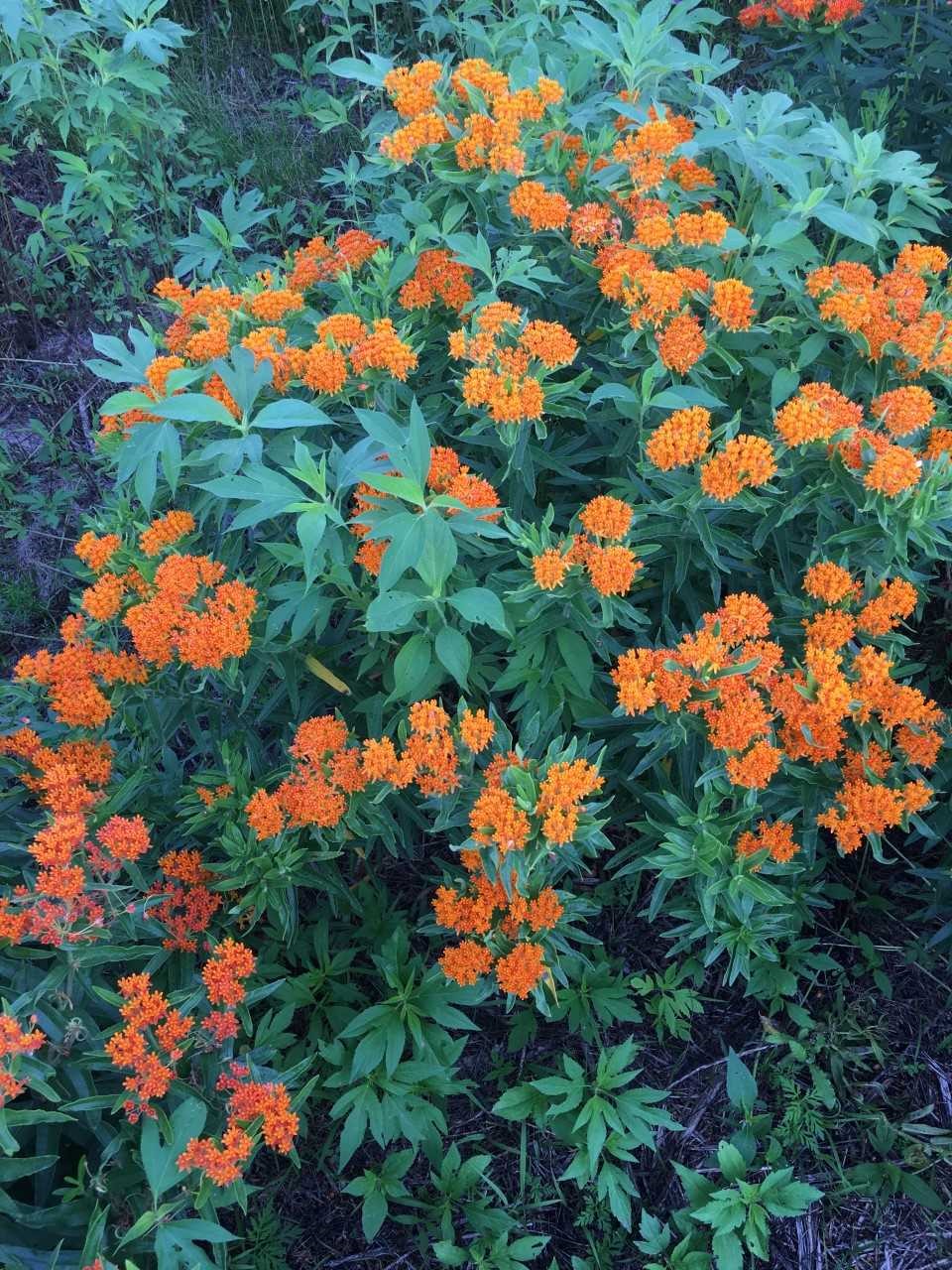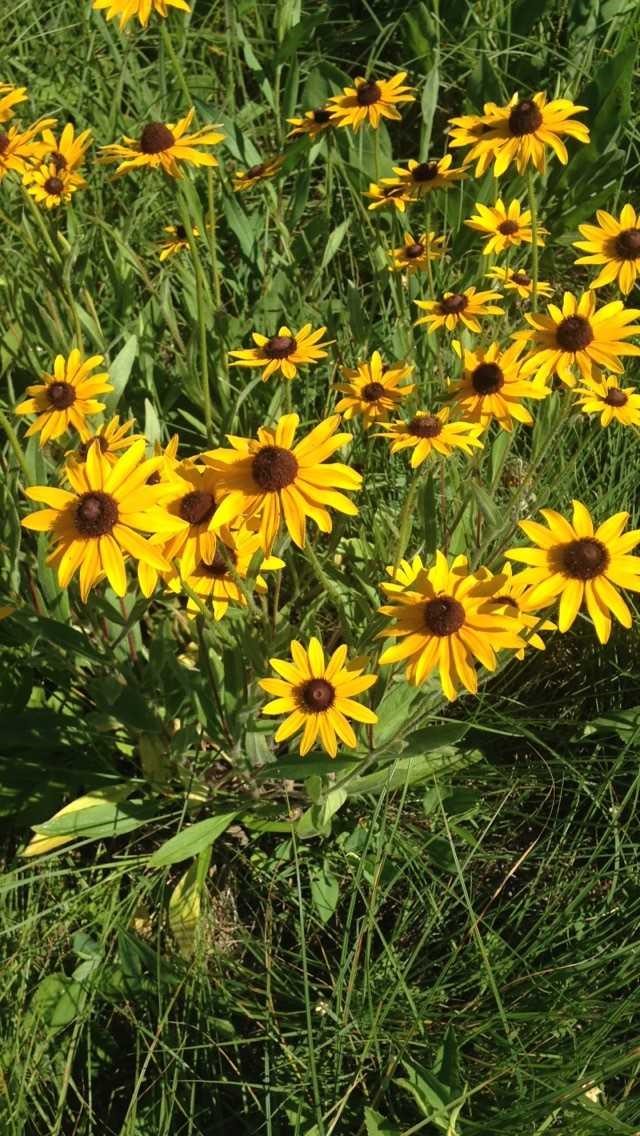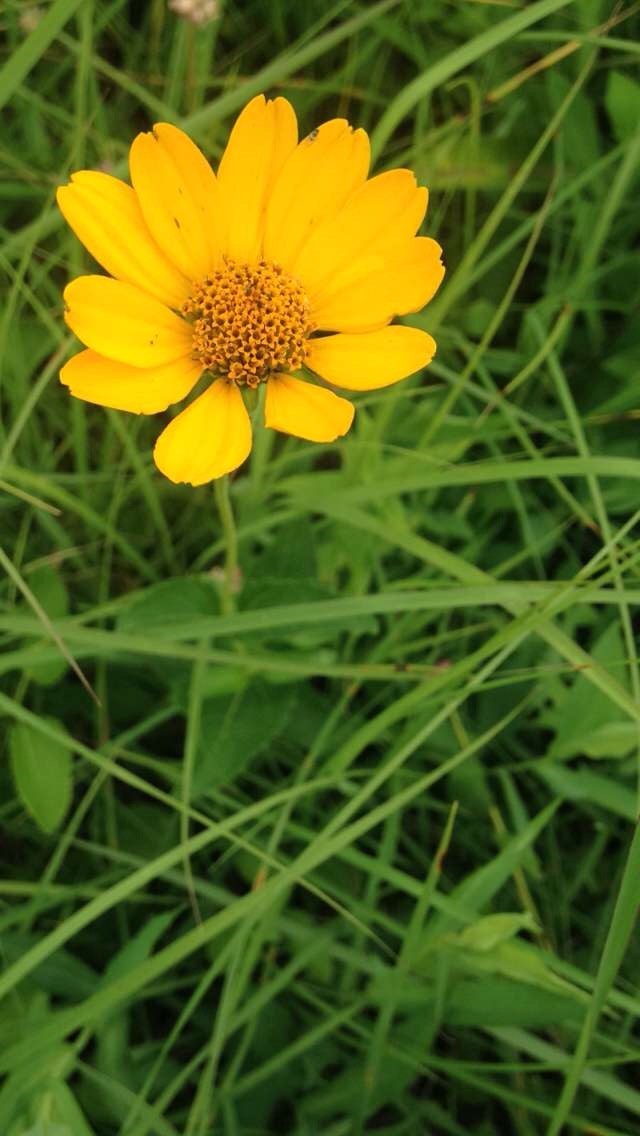Native Knowledge
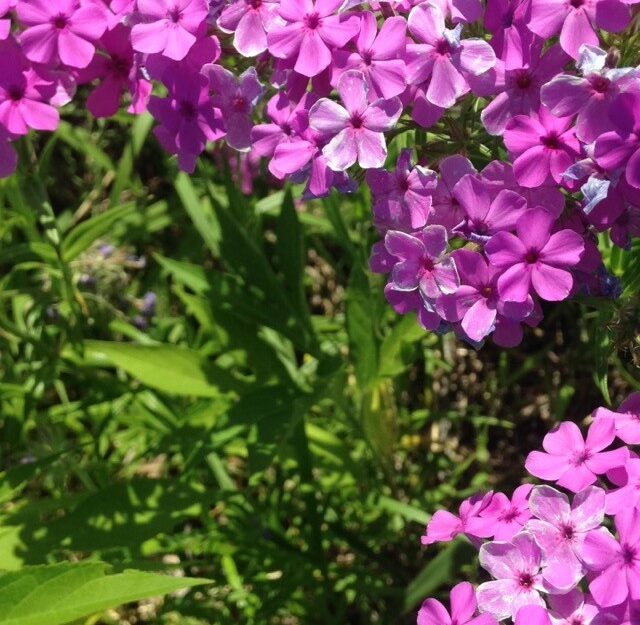
By: Alyson Eversman
One of the bigger jobs I have while interning at Martin Soil and Water down here in Fairmont is being able to identify native plants, along with their corresponding seeds. Unlike some college exams, learning all the native names and appearances of these plants isn’t something you can cram into an all-night study session.
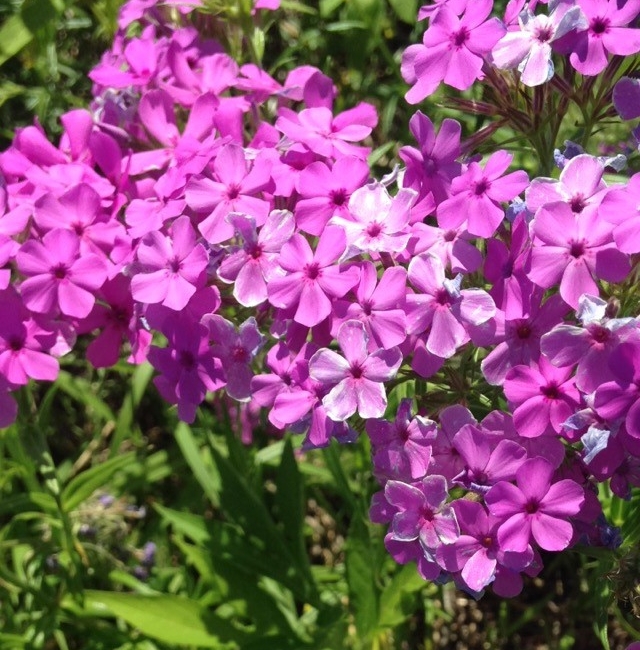
Prairie Phlox
But, I also cannot call myself a pro at identifying natives even after a summer and a half of work at Martin Soil and Water. With so many look-a-likes, colors, varieties, sizes, and shapes, it can take years to become familiar with all the possible native plants within a county, let alone a state.
Hopefully that doesn’t discourage you.
The truth is, it’s very important to gain knowledge about the plants living alongside you, for health as well as pleasure purposes. (For me, work purposes.) You see, it’s good to know the difference between Golden Alexander and Wild Parsnip as well as Water Hemlock from its poisonous sibling. One plant is deadly, while the other could be a wonderful addition to a lawn or garden.
Knowing more about natives can add a huge benefit to rain gardens, shorelines, or even just a normal plot of land by adding a spice of color as well as diversity to the area. Plus, butterflies, bees, and wildlife adore native vegetation and will be drawn to pollinate it or use the area for habitation.
For my internship at Martin Soil and Water, this native knowledge is key to helping in restorations, various programs, as well as harvesting seed to go on different sites. A little more information is also supportive when it comes to planting these seeds or transplanting plants. For example, the type of ground the plant thrives in, whether it be dry, mesic, or wet as well as if the plant can grow better on a hill or on a flat piece of ground. It’s good to know these sorts of things because obviously, a plant that enjoys dry ground would die easily in a wet area and vice versa. This information, along with the knowledge of the different types of weeds that could try to take over (routine maintenance is needed here) is the type of data needed to maintain a beautiful piece of native land, full of colors, for the environment as well as yourself, to enjoy.
Happy studying!
